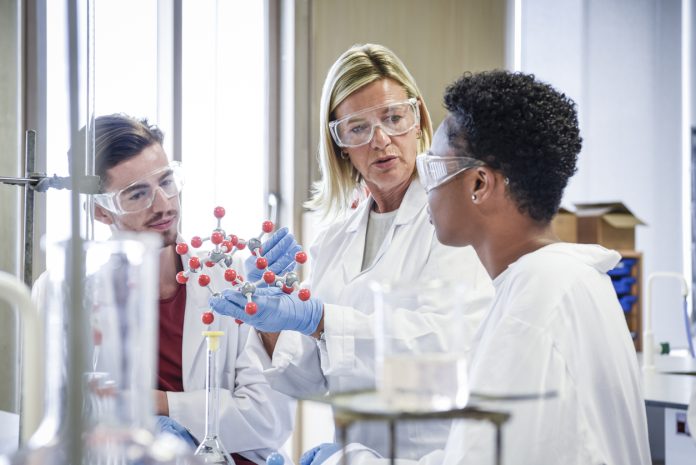A group of media specialists and teachers used children’s books and balloon experiments to build STEM habits in their students
This development session organised by the NASA eClips Education team, introduced creative ways for teachers to infuse science, technology, engineering and maths into everyday learning for young students.
The session, called “Using Children’s Books to Build STEM Habits of Mind,” started with an exploration of NASA’s Earth data collection methods, including the use of stratospheric balloons to capture atmospheric information.
Participants stepped into the role of “stratospheric balloon engineers,” working through real-world engineering challenges in the Balloon Aerodynamics Challenge. Their mission: make helium balloons achieve neutral buoyancy—a delicate balance where the balloons neither rise or fall, echoing the way scientists use these balloons to study Earth’s atmosphere.
STEM habits: Balloon aerodynamics challenge
Teachers began by carefully analysing their helium balloons and making quantitative adjustments to hit the target height. Once balanced, teams took on a second challenge: using only a straw and a small card to guide their balloons around the room.
This task was designed to introduce Bernoulli’s Principle and Newton’s Laws of Motion, all through a hands-on experiment that teachers could adapt to the classroom.
Teachers described the experience as a “breakthrough in thinking” about teaching complex scientific ideas in simple, interactive ways. They were not only learning but also imagining their students’ delight and sense of discovery in similar activities.
Bridging science and storytelling
NASA eClips also revealed a new teaching resource, Favorite STEM Books and Activities: A Literary Collection. Each book in this collection was selected to inspire STEM learning and includes engaging activities tied to educational standards.
Teachers had a chance to review the books and assess their classroom potential, providing feedback and discussing ways to enhance the STEM-related activities each book offered.
Participants chose books from the collection to explore cross-disciplinary connections. Ideas flowed on how to tie these stories to hands-on projects, from engineering mini-bridges to investigating plant growth, showing how STEM concepts can be both educational and inspiring for students of all ages.
Exploring science and engineering practice
NASA eClips also introduced Guide Lites: Comparing Science and Engineering Practices Using Black Box Models to clarify the distinction between science and engineering for teachers. Reflecting on the Balloon Aerodynamics Challenge, educators discussed how scientists and engineers approach problems from different angles; scientists ask questions to learn about the world, while engineers use this knowledge to design and create solutions.
NASA eClips, part of NASA’s Science Activation program, hopes to connect educators with tools that make science and engineering relevant, memorable, and fun.











